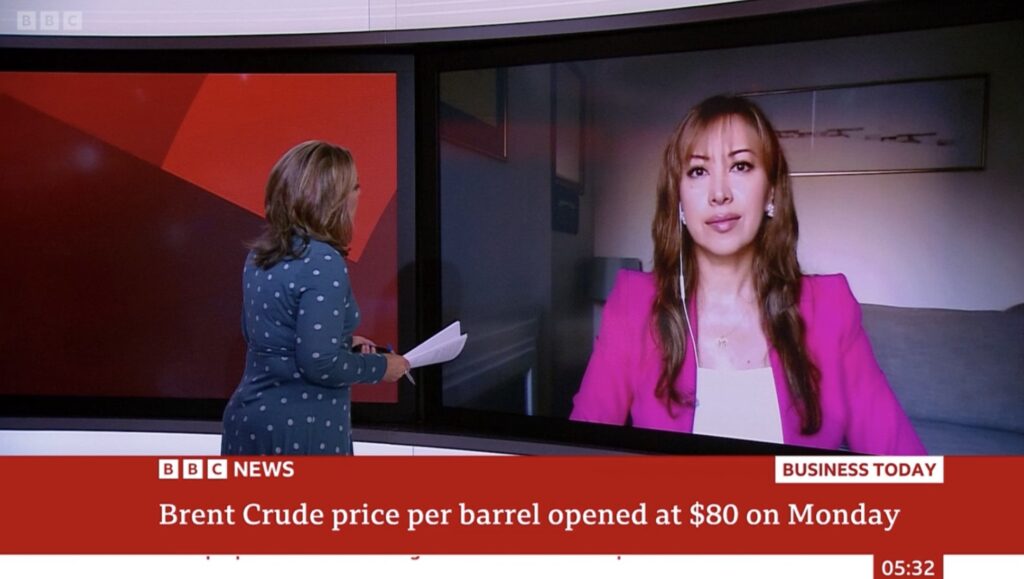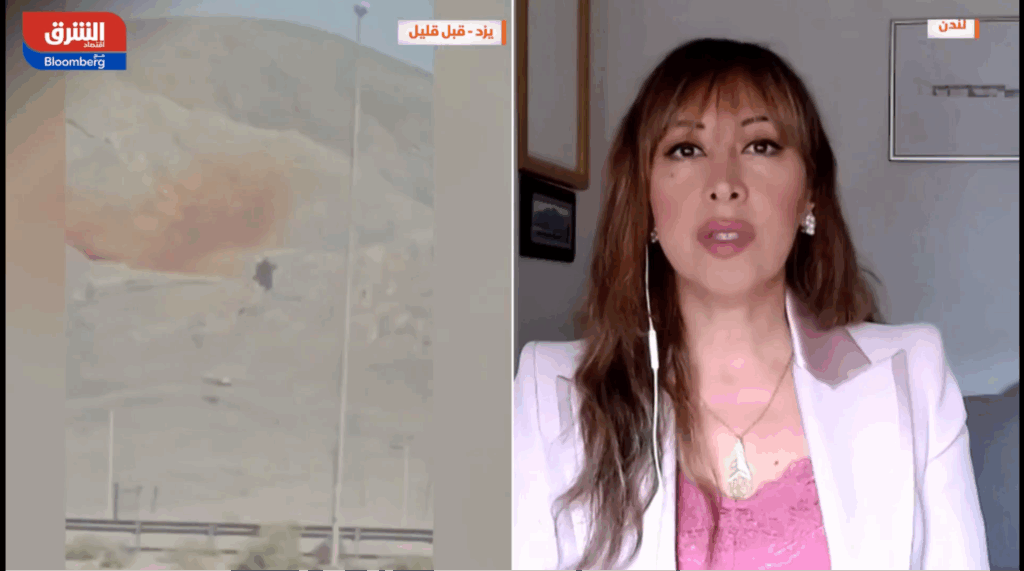In this commentary to the Gulf Intelligence, Dr Carole Nakhle, CEO of Crystol Energy, discusses the latest macroeconomic developments and their implications on energy demand.
Dr Nakhle comments on the current status of global oil markets after a volatile August period. There’s still a lot of uncertainty and on balance, we don’t really know where things stand on the global economy. The IEA has been revising its demand forecasts downwards since June. This is a bit different from what we had expected. We thought everything was going fine, particularly in Asia. China was the first country, in March this year, to start withdrawing financial support for the economy, but it turned out to be too soon maybe because nobody expected the virus to spread so rapidly. So, its Q3 economic forecasts have been revised. We also still have uneven growth and uneven vaccination rates across the world and this translates into the volatility we’re seeing. Unless we get greater clarity for example from the US Federal Reserve, we should expect to see this volatility continuing in the markets.
She further discusses whether this volatility could shift OPEC’s thinking on its output strategy. It goes back to expectations. A few months ago, everybody was focusing on $80 plus. Today, Brent is around $70 but that’s still quite healthy especially if you compare it to where the price was exactly a year ago. It doesn’t seem that the 400,000 bpd that OPEC is planning to put in the market between now and December is going to break the market unless something else changes significantly.
On whether downgrades in economic forecasts should be expected to continue into 2022, Dr Nakhle stresses that demand revisions in oil markets are common. What is striking is to compare the demand revisions between OPEC and the IEA. As of January of this year, the gap in forecasts between the two agencies was more than 700,000 bd, with OPEC being very conservative and the IEA extremely bullish in terms of the outlook for the year. But that gap has changed over the last few months and in May, the equation also reversed, with OPEC becoming more bullish and IEA more conservative. The reality is that we are still in a Covid dominated world and we also have long term structural economic scarring to come as we emerge from the pandemic. This has already started in developing economies where fiscal support has started to be withdrawn. That is going to be more of an issue that will weigh more on oil markets as time goes on because it’s where the growth for oil demand will come from, not from OECD countries.
Dr Nakhle is joined by Leo Tameeris, CEO of NRG Global, and Mike McGlone, Senior Commodity Strategist, Bloomberg Intelligence. Sean Evers from Gulf Intelligence, moderates the discussion.
Watch the full discussion:
Related Comments
“Global Economy and Energy Markets Weekly Commentary – 22nd Aug ’21“, Christof Rühl, Aug 2021
“Biden’s call on OPEC to relax production cuts and oil demand outlook“, Dr Carole Nakhle, Aug 2021








